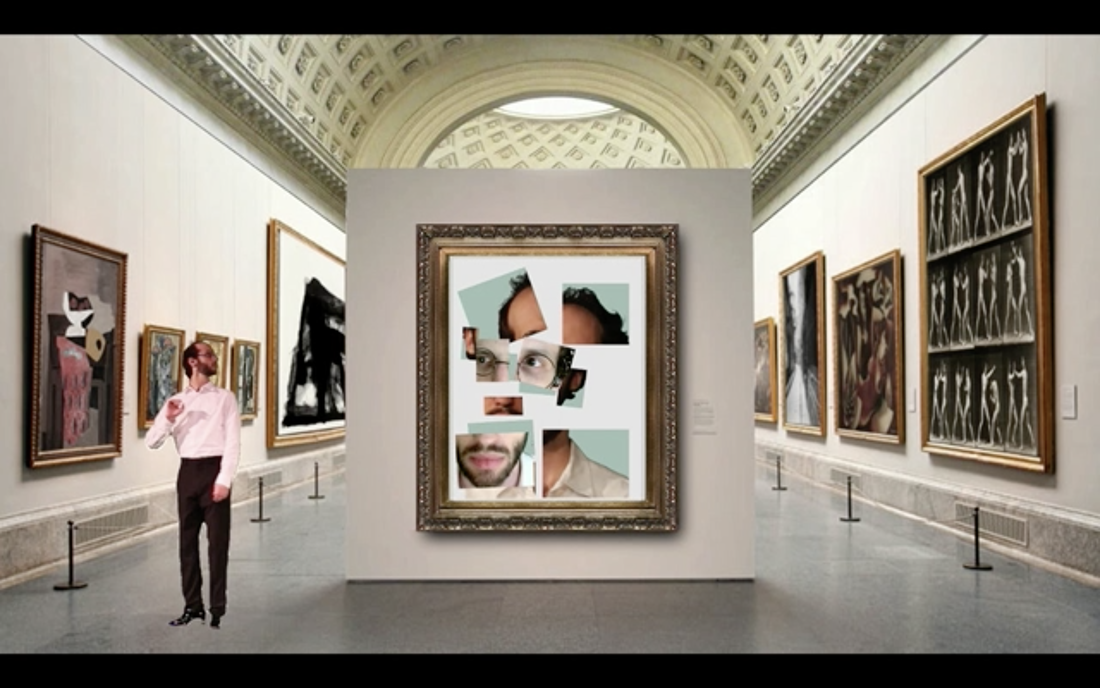


Benjamin promoted the view that the photographic reproduction of an artwork (a poster or a postcard for example) was of higher social value than the original (which one is compelled to view in a gallery) because the artwork in question could be possessed and enjoyed (very democratically) by the art lover in a time and place that suits them.Having reached the Franco-Spanish border town of Portbou he was mistakenly told by a border official that he would be turned over to the Gestapo.

In Paris he continued to write for literary journals but when Paris succumbed to Nazi occupation, he fled toward Spain where he hoped to gain onward passage to America. He worked as a literary critic, essayist, and translator before relocating to Paris in 1933 following the rise of Nazism. A student of philosophy, Benjamin had been intent on a career as an academic but his ambition was thwarted when the University of Frankfurt dismissed his doctoral thesis (on the origins of German tragedy) as outlandish. Born into a Jewish middle-class family, his education took him to Berlin, Munich and Bern before he returning back to Berlin in his late twenties. Though relatively unknown in his own lifetime, his writing had a profound impact on subsequent aesthetic theory, cultural and literary criticism, artistic practice, and the emergence of various postmodern art movements. His essay "The Work of Art in the Age of Mechanical Reproduction" (1936) was an incisive analysis of the social importance of photography, while his Arcades Project (1927-40) helped set the foundations of what became known as critical and cultural theory. He was associated with a group of German intellectuals and philosophers who were known collectively as the Frankfurt School though he did not always share their radical political views on the nature of modern society. But he is perhaps still best known for his ideas on art and authenticity challenging, as he did, the assumption that the original artwork was more valuable to society than the photographic reproduction of that artwork. Walter Benjamin was one of the most important thinkers of the 20 th century, having published a range of works on culture and society.


 0 kommentar(er)
0 kommentar(er)
